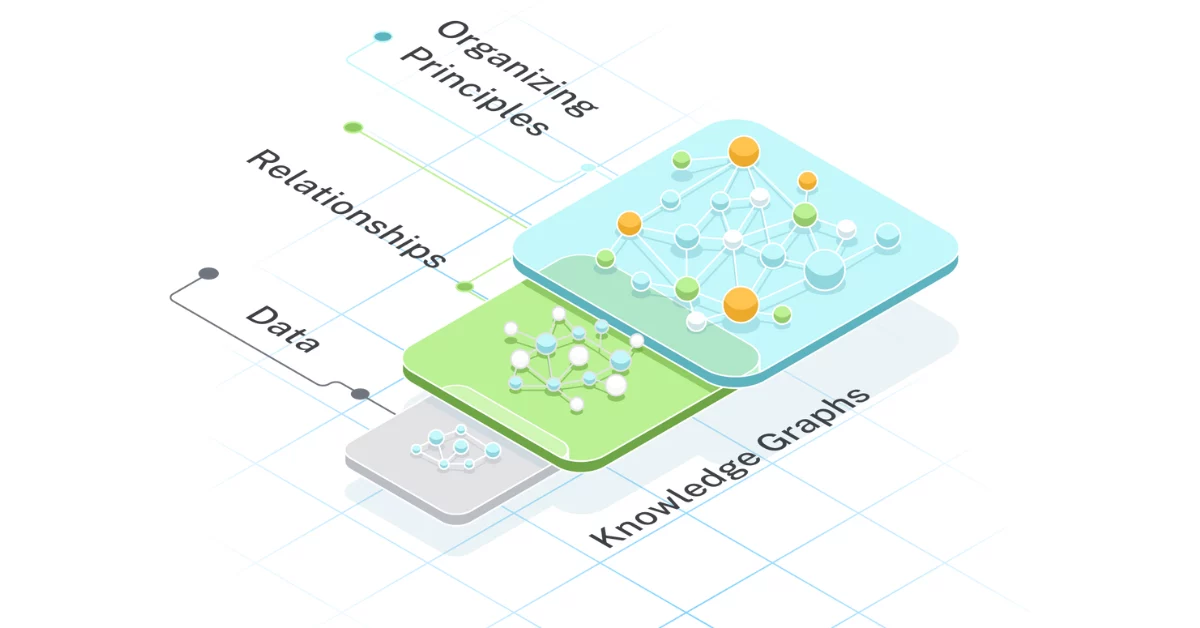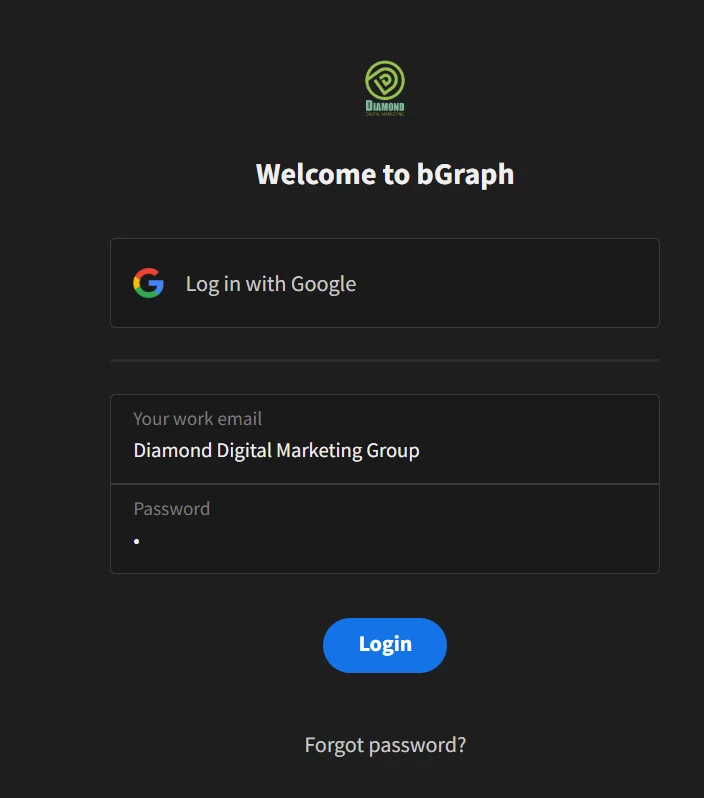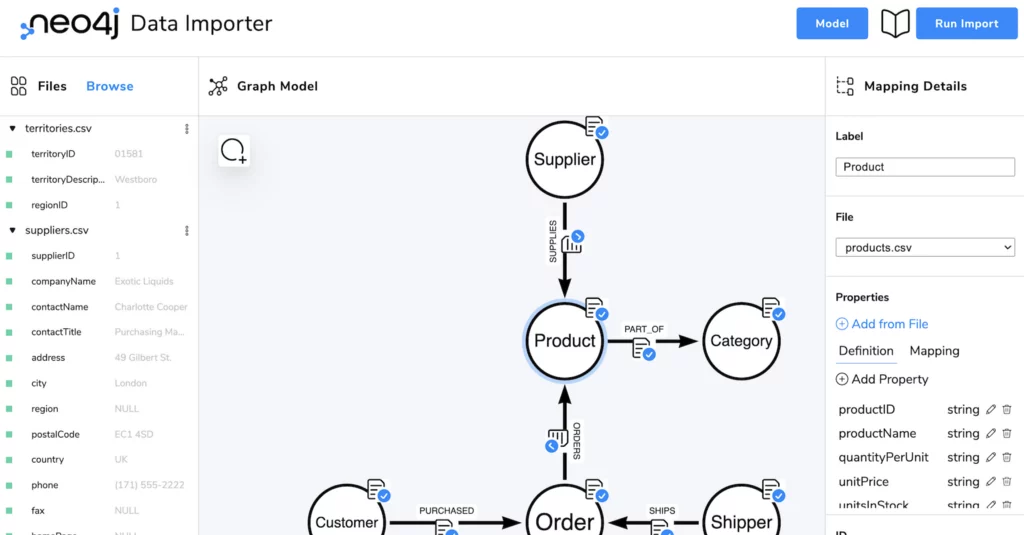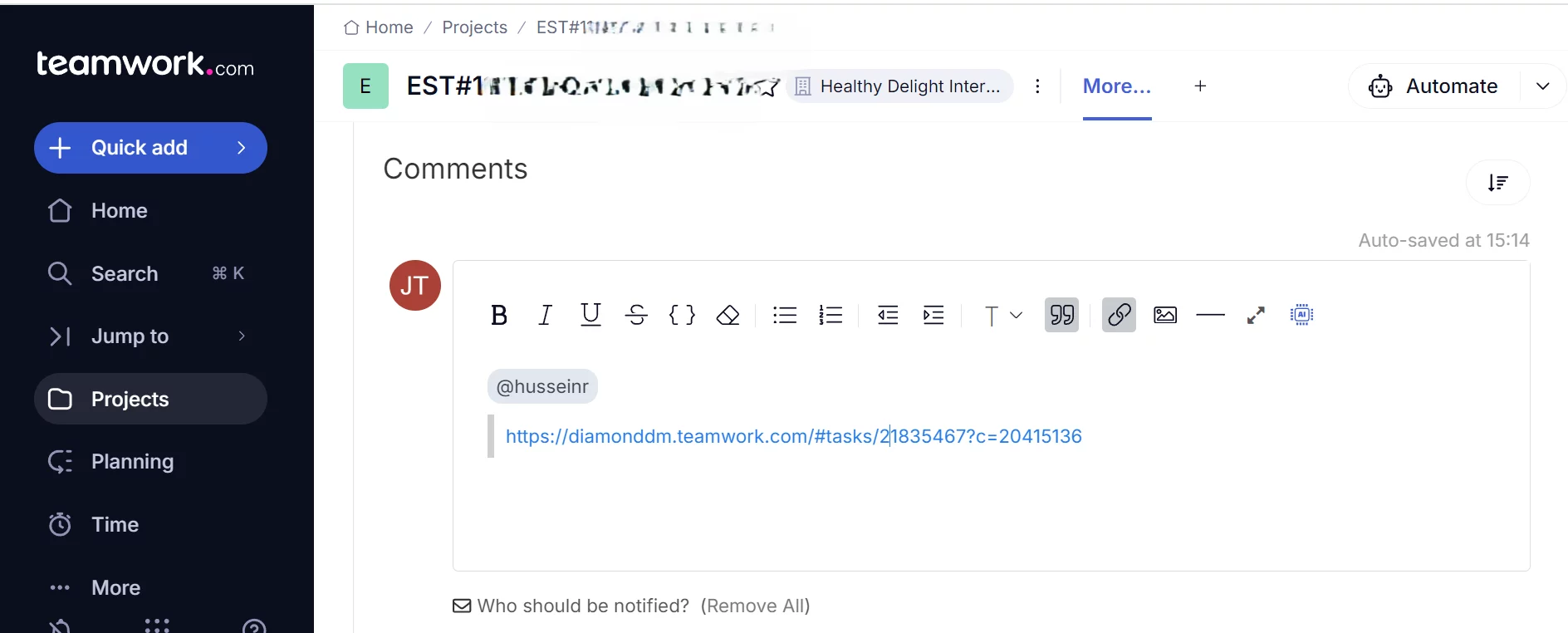Tag: bGraph
-

Data Schema of Relational Table Importing to Graph Database – Execution
Introduction In the earlier article titled Data Schema of Relational Table Importing to Graph Database – Dimensionality, we explored how to observe real-world data and transform it into a digitised format within a Relational Database. The greater the dimensions we account for, the higher the fidelity with which the Relational Database represents reality. In this…
-
Data Schema of Relational Table Importing to Graph Database – Dimensionality
Definition Relational Table The Table is the fundamental components inside a Relational Database which stores data in tabular format using Column and Row to coordinate a specific Value (i.e. the Cell). Form and Table (i.e. Tabular format) are everywhere in your daily life. Data Schema in Relational Database A data schema in a Relational Database…
-

What Problem Patterns bGraph Is Going to Solve
Introduction bGraph is an SaaS developed in-house by Diamond Digital Marketing Group which can be categorised as a GraphRAG web application serving as an Enterprise Knowledge Graph. To better understand what GraphRAG exactly is, it is imperative for us to start with a real world problem pattern Real World Problem Patterns The definition of profit…
-

bGraph Architecture – Model Data
Introduction The objective of this article is to provide a blueprint which demonstrates and enumerates all the technical stacks used to build the bGraph. Although using a Graph Database is a perfect tool to illustrate this kind of blueprint, ironically, we cannot use the Graph Database to demonstrate how to build a Graph Database because…
-
bGraph for Business Process Management
Introduction While in article Build a Business Process Management System – Stage of System Building we have defined that the 1st stage of building a system is Modeling, in article Build a Business Process Management System – BFs-WAITER Pivot Table we have further named the content or directions that we should included in the Modeling…
-

How to Comment in Teamwork.com
Definition Comment in Teamwork.com can be used to response any Task , SubTask or Milestone by either assignee (i.e. collaborator) or the assignor (i.e. Project Manager) of the Task. How Comment in Teamwork.com looks like What Problem Patterns the Comment solved Accessability Not only can you use the Teamwork.com interface to place the comment, but…
-
Marketing Nerual Networking Model
Definition A Neural Network Model, also known as an artificial neural network (ANN), is a type of machine learning model inspired by the structure and function of the human brain. While this model is applied in the Marketing domain, it becomes the Marketing Neural Networking Model. Instead of diving into the intricacy of the mathematical…
-
About bGraph
Definition bGraph is a term named by DDM (Diamond Digital Marketing) with the portmanteau of the prefix “b” and the word “Graph” . We apply the word “b” as the prefix due to the fact that the underlying system is built on top of Budibase (initial as “b”), which is a low code SaaS platform…
